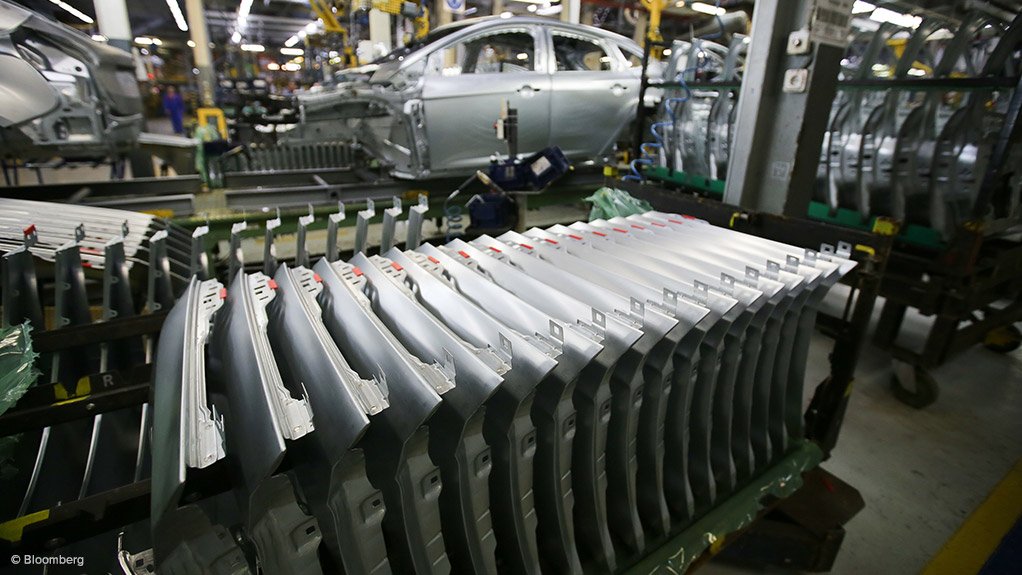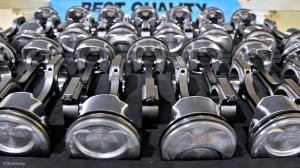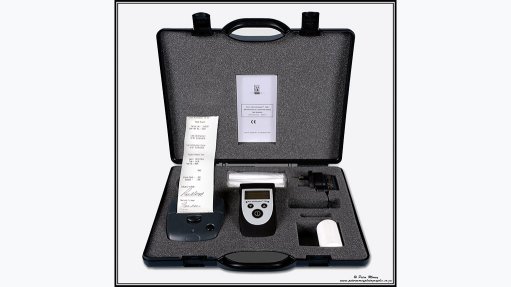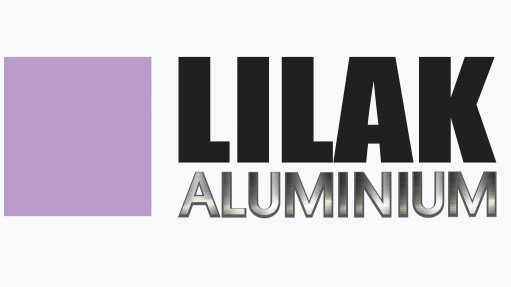Aluminium auto panel production expected to accelerate



ACCELERATING TREND The amount of aluminium used in vehicles is expected to increase by about 100% or more in North America and globally
Photo by Bloomberg
RENEWED INTEREST Industry studies have been focusing on the potential of manufacturing aluminium pistons and alloy wheels in KwaZulu-Natal
Photo by Bloomberg
The automotive industry’s shift from manu- facturing vehicle body panels in steel to manufacturing them in aluminium is a trend that is expected to significantly accelerate, says aluminium industry representative body the Aluminium Federation of South Africa (Afsa).
Afsa executive director Mark Krieg notes that, according to a survey of vehicle manu- facturers conducted by US-based consulting and research firm Ducker Worldwide, it is estimated that 70% of vehicles manufactured in North America will be aluminium- bodied by 2025.
Citing Ducker Worldwide’s research, Krieg further expects the amount of aluminium used in vehicles to increase by about 100% or more in North America and globally. Ducker Worldwide indicates that, in 1999, 89 kg of a vehicle comprised aluminium, but forecasts that, in 2025, about 168 kg of a vehicle will consist of aluminium panels or components.
The survey also revealed that pickup trucks, sports utility vehicles and mid- and full-size sedans are emerging aluminum content leaders, while automotive manufacturers Ford, General Motors and Fiat Chrysler are expected to become the biggest aluminium sheet users in the next decade.
“This increase in the use of aluminium vehicle body components will further be supported by an increase in global vehicle production,” says Krieg.
Engineering News reported in July that new-vehicle production in 2014 reached 89.75-million vehicles globally.
Manufacturing Potential
Krieg further highlights a renewed and proactive interest in the manufacture of aluminium pistons and alloy wheels, particularly in the Richards Bay industrial development zone, in KwaZulu-Natal.
According to South African trade and inward investment promotion agency Trade & Investment KwaZulu-Natal’s (TIKZN’s) ‘Investment Opportunities 2014’ report, a full study was “to be carried out shortly to determine the feasibility of establishing a manufacturing facility in KwaZulu-Natal for the manufacture of aluminium pistons”.
The report further highlights that a concept study carried out by TIKZN, highlighted “the growing market demand for piston manufacturing”.
Krieg believes this would boost the South African piston foundry and manufacturing sector, which experienced a significant setback when major automotive piston manufacturers Federal Mogul and Kolbenco shut down in 2007 and 2008 respectively.
The TIKZN report also notes the project concept of an “aluminium alloy manufacturing facility to provide products to both the origi- nal-equipment manufacturers (OEMs) and after-sales markets, locally and internationally”, stating that “negotiations have already begun for the export of product to the UK and for the local supply of OEMs and automotive manufacturers Ford, Toyota and Hyundai”.
Krieg maintains that South Africa has “a world-class aluminium industry”, which is able to produce automotive components, such as heat exchangers, from locally produced aluminium sheet, according to automotive industry standards.
Although Krieg reaffirms that aluminium castings, such as high-pressure die-castings, have experienced a downturn, he points out that the manufacture of trim components, metal forming and pressing of components, as well as plastic mouldings, increased from 2013 to 2014.
Meanwhile, local aluminium demand is currently supported by the production of aluminium automotive components, which include body panels and heat exchangers for Germany-based car manufacturer Mercedes-Benz’s new C-Class, says Krieg. Suspension components for the C-Class are forged locally and the wheels are also made locally.
Krieg said to Engineering News last month: “The local use of aluminium for car body panels started when automobile manufacturer Mercedes-Benz switched in mid-2014 from using steel to construct the panels for its C-Class model to using aluminium from a factory in Berlin, in the Eastern Cape.”
Developing Components
In addition to being corrosion resistant, durable and stronger than steel with the right alloy, aluminium weighs about 60% less than steel, which supports the automotive industry’s drive to make the vehicle body and engine lightweight and fuel efficient.
“However, this makes the manufacture of the components more complex and more demanding to produce,” he acknowledges.
Nevertheless, Krieg believes in the ability and capacity of the aluminium industry to manage the potential increased demand and growing complexity of automotive components, further suggesting that local output can continue to increase, as the export market will be one of the key areas that will be able to absorb the output.
“However, investment will be needed to support the capacity and new manufacturing increase,” Krieg concludes.
Article Enquiry
Email Article
Save Article
Feedback
To advertise email advertising@creamermedia.co.za or click here
Comments
Announcements
What's On
Subscribe to improve your user experience...
Option 1 (equivalent of R125 a month):
Receive a weekly copy of Creamer Media's Engineering News & Mining Weekly magazine
(print copy for those in South Africa and e-magazine for those outside of South Africa)
Receive daily email newsletters
Access to full search results
Access archive of magazine back copies
Access to Projects in Progress
Access to ONE Research Report of your choice in PDF format
Option 2 (equivalent of R375 a month):
All benefits from Option 1
PLUS
Access to Creamer Media's Research Channel Africa for ALL Research Reports, in PDF format, on various industrial and mining sectors
including Electricity; Water; Energy Transition; Hydrogen; Roads, Rail and Ports; Coal; Gold; Platinum; Battery Metals; etc.
Already a subscriber?
Forgotten your password?
Receive weekly copy of Creamer Media's Engineering News & Mining Weekly magazine (print copy for those in South Africa and e-magazine for those outside of South Africa)
➕
Recieve daily email newsletters
➕
Access to full search results
➕
Access archive of magazine back copies
➕
Access to Projects in Progress
➕
Access to ONE Research Report of your choice in PDF format
RESEARCH CHANNEL AFRICA
R4500 (equivalent of R375 a month)
SUBSCRIBEAll benefits from Option 1
➕
Access to Creamer Media's Research Channel Africa for ALL Research Reports on various industrial and mining sectors, in PDF format, including on:
Electricity
➕
Water
➕
Energy Transition
➕
Hydrogen
➕
Roads, Rail and Ports
➕
Coal
➕
Gold
➕
Platinum
➕
Battery Metals
➕
etc.
Receive all benefits from Option 1 or Option 2 delivered to numerous people at your company
➕
Multiple User names and Passwords for simultaneous log-ins
➕
Intranet integration access to all in your organisation




















